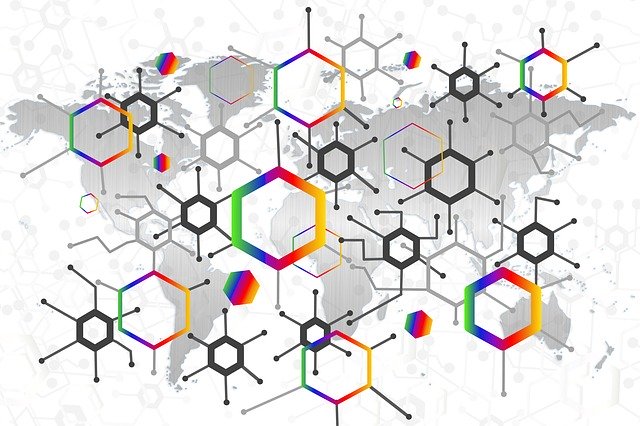There’s a connection between a diverse and inclusive workplace and the state of diversity and inclusion in wider society. Businesses have the power to drive social change by hiring a more diverse workforce. The business case for more diversity in tech is astounding. For businesses, it’s been proven that a diverse workplace is also a more financially abundant one, and innovation is a key driver in the argument for diversity in tech. When people from different backgrounds with different thinking styles and experiences come together the result is often the creation of highly creative and innovative products and services.

According to the Deloitte 2018 Millennial Survey, 74% of millennials share the belief that their organisation is more innovative when it has an inclusive culture. In a technology organisation with high competition and a demanding, ever-changing landscape, innovation is hugely important to remain at the top of your game.
Diversity in tech isn’t limited to culture, gender, and ethnicity. To establish a truly diverse and inclusive environment businesses should consider other definitions of diversity, such as difference in thinking styles, worldviews, education, and personalities. This is especially relevant when considering that within the next 5 years, the majority of the workplace will be made up of millennials; a generation that views inclusion as inseparable from diversity.
A huge factor sustaining the business case for diversity in tech is the ability to make a genuine impact in closing the gender gap between men and women working in tech. Currently, only 17% of the workforce are women, and the reasons for the gender gap aren’t as simple as hiring more women. Encouraging young girls to study STEM subjects in anticipation for a career in tech, attracting more women into technology teams, and retaining women in tech are all problems enabling the gender gap to continue.
The solution to gender diversity in tech could lie in being able to demonstrate a truly diverse workforce to future candidates. Research by the Royal Academy of Engineering discovered that companies with more inclusive cultures found it easier to recruit more women. This research is consistent with statistics in the Women in Tech Survey 2019 where 88% of women said they’d be drawn towards a company that spoke openly about diversity.
There is a close relationship between diversity and team performance. The idea behind increased diversity and higher performing teams is that the more diverse the team is, the more it will be reflective of the customers or clients an organisation is targeting. Therefore, it will be more empathetic, more understanding, and ultimately able to create a better user experience to inspire the loyalty that will drive long term profitability.
In Mckinsey’s Diversity Matters Report, they found that companies with high levels of ethnic and cultural diversity were 33% more likely to outperform competitors. Inclusion is a product of diversity that’s important for increasing the productivity levels necessary to outperform of competitors. Research shows that when employees feel included at work they are more likely to endure difficult tasks because their sense of loyalty and purpose is stronger. Inspiring the motivation to persevere is important for any organisation to create products and services that rival competitors.
Read about the initiatives currently inspiring more diversity in tech here